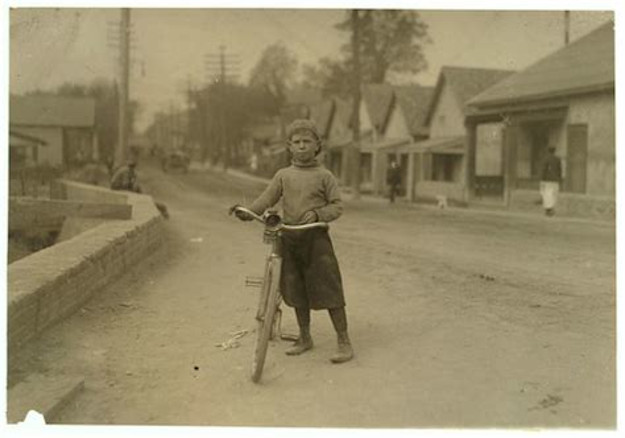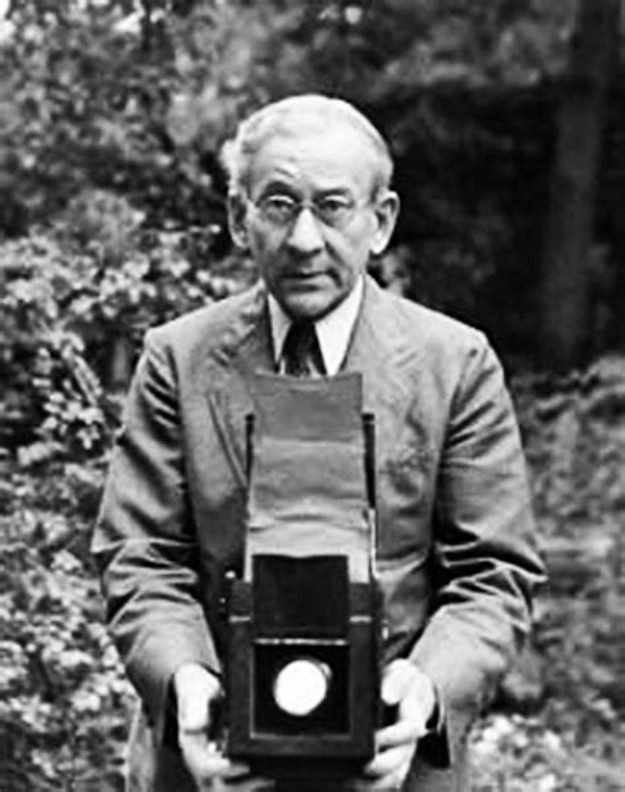Monthly Archives: June 2022
From coast to coast
The dream of crossing the USA in bicycle from coast to coast is being built at the time I write this post. Just imagine a bike-friendly, secure, seamless path that connects the Indian and the Atlantic oceans. This is going to be possible soon thanks to The Great American Rail-Trail. This project aims for developing what was once a myriad of railroads which were abandoned long time ago. As I talked about green paths, such infrastructures can be taken advantage of in order to give them a second life, and when it occurs with a clear intention of improving human lives it becomes even better off.
The Great American Rail-Trail plans traversing 12 states: Washington, Idaho, Montana, Wyoming, Nebraska, Iowa, Illinois, Indiana, Ohio, West Virginia, Pennsylvania and Maryland, plus the district of Columbia. Its vision continues with allowing bikers and pedestrians going down for more than 3,700 miles. Moreover, imagine the economic opportunities and benefits for the local communities along the route between Washington and Washington. More than 145 existing trails hosting route and more than 90 trail gaps are being reviving, the numbers make you dizzy. The Great American Rail-Trail can constitute a landmark in the cycle tourism and bike development in the USA.
Who is behind The Great American Rail-Trail project? The NGO Rail-to-Trail Conservancy (RTC) started it back in 1986. It has set itself the task of developing a large net of paths along the country. The RTC has gathered public and private financial donations to carry it forward and giving the opportunity to 50 million people every year to enjoy their bicycles and forests, mountains, vast plains or local communities. Plain and gentle slope combine in the impressive paths so that whoever biker can pedal on them.
Paradoxically, the pandemic has made people use more and more bicycles and in turn The Great American Rail-Trail project has been increasingly supported since people is manifestly in promoting bike use.
The Highway Projects That Almost Destroyed Copenhagen
My Bike & What I Carry
Stolen childhood
The New York photographer Lewis Hine took photos from child messengers at the beginning of the XX century. He showed how widespread child labor was at that time as well as some other habits like child smoking that we consider disturbing today. These children were used as couriers to deliver goods from newspapers to medicines from small and big businesses. They worked as small ants coming and going which preoccupied the most progressive sectors in the American society.
In 1908 the National Committee for Child Labor hired the photographer and sociologist Lewis Hine in order to document the labor conditions of such small people. He traveled the USA for nine years with a humble equip consisting in a 13 x 8 cm camera, an unstable tripod and a magnesium flash. Such effort was the start of considering Hine a pioneer of social photography.
What Hine found was worse than he had imagined. Children suffered from leonine working conditions, starting working at the age of nine, they often pedaled until dawn and slept under a bridge. The luckiest ones combine school with long hours of pedaling. Some times they entered the worse neighborhoods in which arms dealers, drug addicts and pimps operated. Some others worked for unscrupulously bosses. Hine wrote a sentence in their photos which summarized what was behind every picture. This fact allowed people understanding the real feeling they passed on them.
The situations that Lewis Hine shot were extensible to both large cities such as San Francisco, Boston, Houston or New York to small localities, and no matter how big a firm was i.e. giants like Western Union as well as small courier business were involved.
After taking the photos, Hine presented them to the Committee which used them as arguments in order to reach the dreaming Keatings-Owen Law in 1916. This established restrictions as it comes to legal working age and work shifts. However the Supreme Court repealed it, the spirit of the original Law influenced the New Deal which did not allow for child labor in the 1930’s.
The history of Hine continued by being part of the Red Cross in the First World War which allowed him traveling in Europe and taking lots of photos. Nevertheless, he ended his days in the same poverty that had been denounced in his pictures. He left 5,000 photos which were donated to the Photo League by his son. The Photo League was dismantled in 1951 and the Museum of Modern Art of New York considered them as irrelevant and refused them even though the enormous social value they had. So discouraging. Finally, they were donated to the International Museum of Photography George Eastman House in Rochester where you can see some of them.

